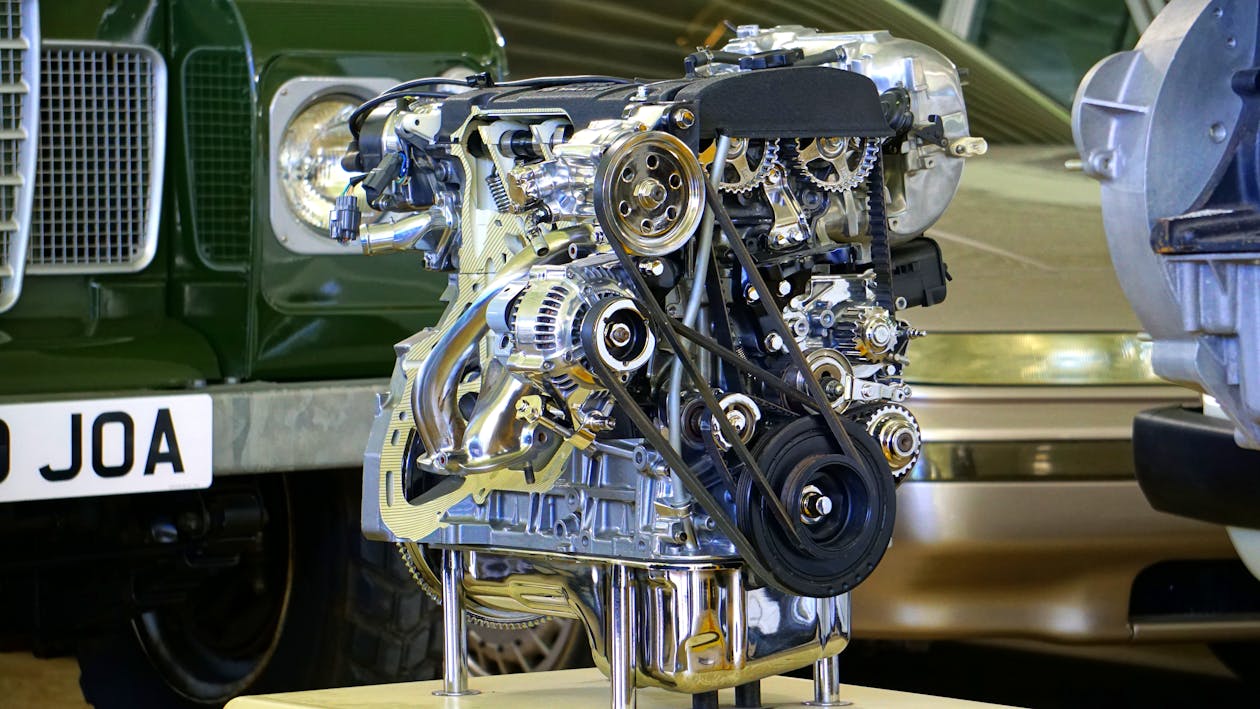If your
car won’t start but the battery checks out, you may be wondering if it a fuel
issue. Maybe the fuel pump is not working
or not enough pressure is getting into the injectors. A diesel fuel pressure tester can help you
find answers to all these questions.
An engine
only needs four things to run, namely fuel, air, spark and compression. Checking
an ignition tester can easily verify the operation of the ignition, and a fuel
pressure tester is just as easy to operate. It has a simple design that
consists of a gauge that is attached to a fuel hose as well as multiple
fittings. These fittings can connect to the fuel system of nearly any vehicle.
When the
diesel fuel pressure tester is connected and the fuel system is pressurized, it
will display the pressure in psi on a large gauge that is visible from inside
the vehicle. This enables you to verify
fuel pressure while in the driver’s seat, something that makes testing of fuel
pressure a one-person operation.
So, what does good fuel pressure look like? It
depends on the engine. Some of the older throttle-body injected systems require
as little as 10 psi while multi-port injection may require as high as 60 psi. Keep in mind that the fuel pressure can vary
even for the same vehicle. If you do not
know what your engine requires, it would be a good idea to grab a repair manual
and check the specifications section.
Even though zero fuel pressure means that the
engine will not run, low pressure sometimes allows engine operation with
issues. Misfires, a slow start-up, stalling
and low performance are common signs of low fuel pressure.
For more information on a diesel fuel pressure tester and how to use it, visit our website at https://puredieselpower.com/

No comments:
Post a Comment